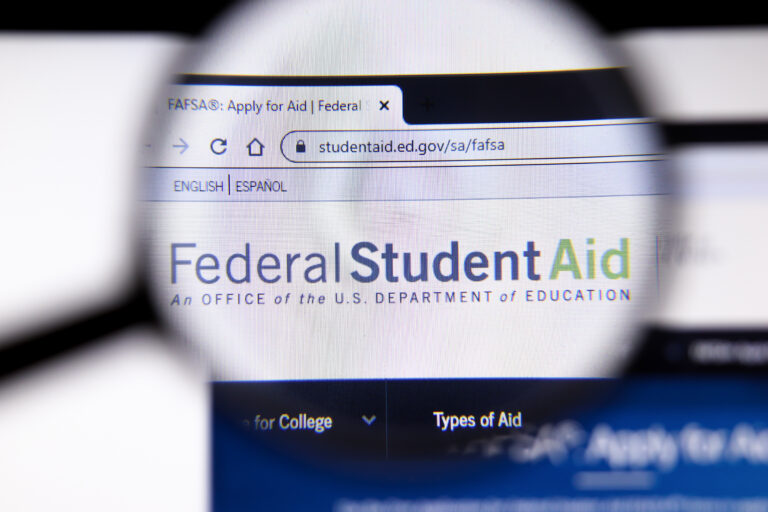The next several budget cycles will prove to be difficult for school districts, especially as it relates to potential cuts to tutoring, after-school, and added staff impending ‘fiscal cliff’ left by the spend down of ESSER dollars. The district budgetary challenges and severity of this ‘cliff’ varies from state to state and district to district, primarily driven by five factors:
- (1) State and local budget health
- (2) District enrollment trends and absenteeism
- (3) Increased labor costs in a district
- (4) Inflation increasing non-personnel costs
- (5) Declining state revenue “surplus”
As of November 1, 2023, about 64% of all ESSER funds have been spent, which means about $68B remains to be spent. That does not mean, however, that districts have not already obligated those funds. The latest data from the US Department of Education (ED), which is lagging reporting through August 31, 2023, indicates that 64% of ESSER funding overall has been spent. The data lags behind real-time spending and reimbursements, so the actual figure will be higher and includes planned use of funds. The 13% remaining in ESSER II does beg the question if funds were potentially reverted by any states.
With the September 2023 deadline behind us, districts must now navigate the complexities of fund liquidation—ensuring that obligated funds are fully disbursed within the federally mandated timeline. This liquidation process, critical to the strategic deployment of ESSER funds, will become even more pressing as the September 2024 ARP funding expiration approaches for the largest proportion of funds — $122B, alongside enrollment declines, inflation, labor scarcity, and economic slowdowns affect education revenues and will create difficulties for districts. Districts will need to focus on evaluating ESSER investments, the magnitude of forecasted gaps, and planned expenses outpacing revenues.



